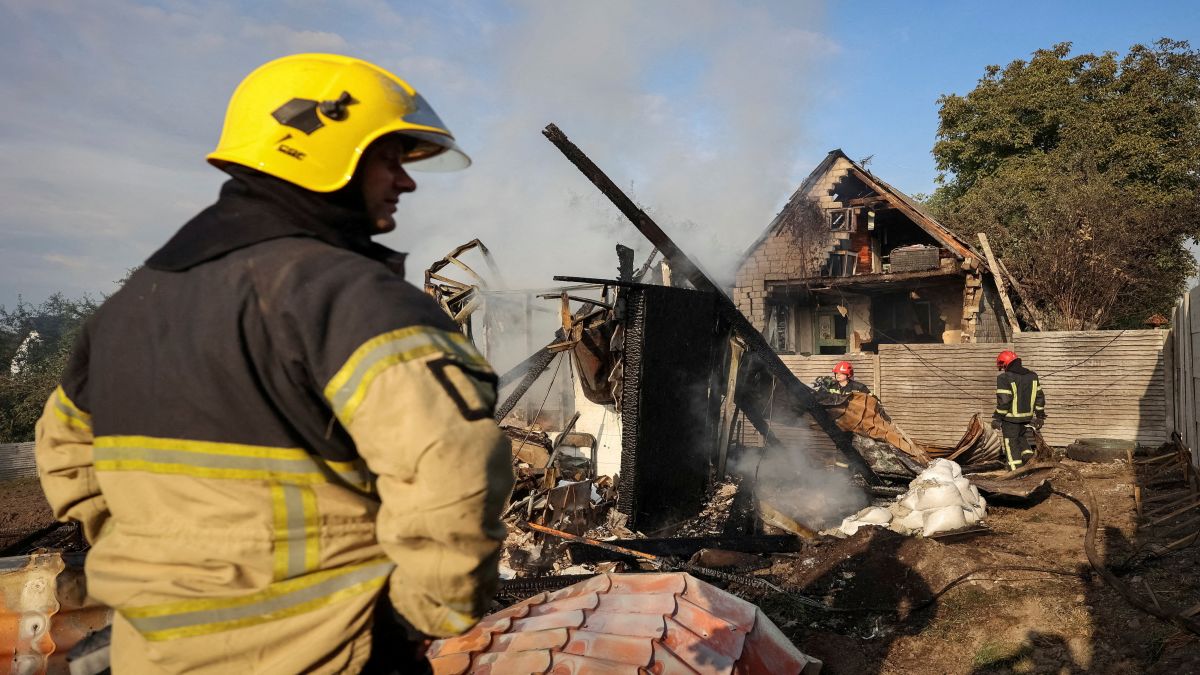Ukraine is currently in the process of identifying the bodies returned by Russia under a swap deal negotiated by the US. The human remains usually arrive at railway stations, often in poor conditions that make the job of forensic pathologists more daunting to identify the victims.
From the stations, the bodies are transported in refrigerated cars to a trackside field lab, where they are examined and documented. The recovered bodies represent only a small portion of the over 70,000 individuals in Ukraine, both military and civilian, who are officially classified as “missing under special circumstances,” a legal term used for those who have vanished during more than three years of war.
How does the system work?
The mutilated and mud-covered bodies of Ukrainians are first identified in a conveyor-belt-like process at the railway station in Odesa, which is meant to speed up the system as opposed to traditional autopsy labs that are already overwhelmed.
A total of six teams conduct forensic work beneath a section of the platform shaded by camouflage netting, which helps shield them from the intense summer heat. Each team is made up of a police investigator, a forensic technician, a pathologist, an intelligence officer, and a sanitation worker, according to a report by the New York Times.
The bodies are moved from one station to another in a process that takes about half an hour. They are checked for explosive materials, documents or any personal items, following which DNA samples are collected for testing.
Each body is assigned a unique 17-digit identification number, which includes the date of arrival, the receiving institution, and an individual sequence code.
Items such as documents, tags, jewellery, or fragments of clothing recovered from the remains can aid in identification. When such items are found, a technician photographs them, places them in separate bags, and returns them to the body before sealing everything in a new body bag.
Impact Shorts
More ShortsA tedious job
Ukraine’s Internal Affairs Minister, Ihor Klymenko, says that the identification process may take more than a year. Sometimes, one body bag contains remains of more than one person, making the task even more complicated.
In an exchange with Russia last month, under which both sides are to receive an equal number of bodies, 1,600 sets of remains were delivered to a site in Ukraine’s Odesa region.
An additional 1,000 bodies arrived in Ukraine on Tuesday. Meanwhile, Russian state media has offered limited coverage of the repatriations, mentioning only a few shipments involving several dozen remains.


)

)
)
)
)
)
)
)
)



